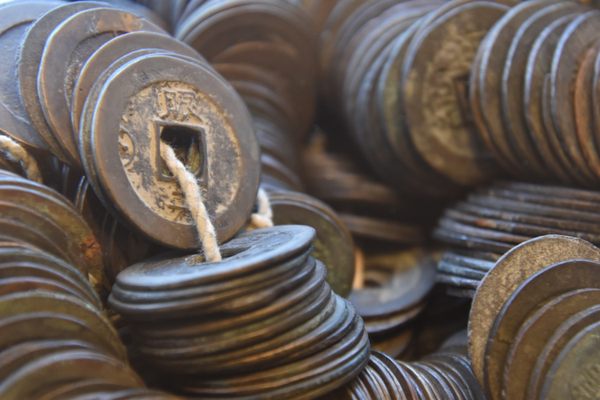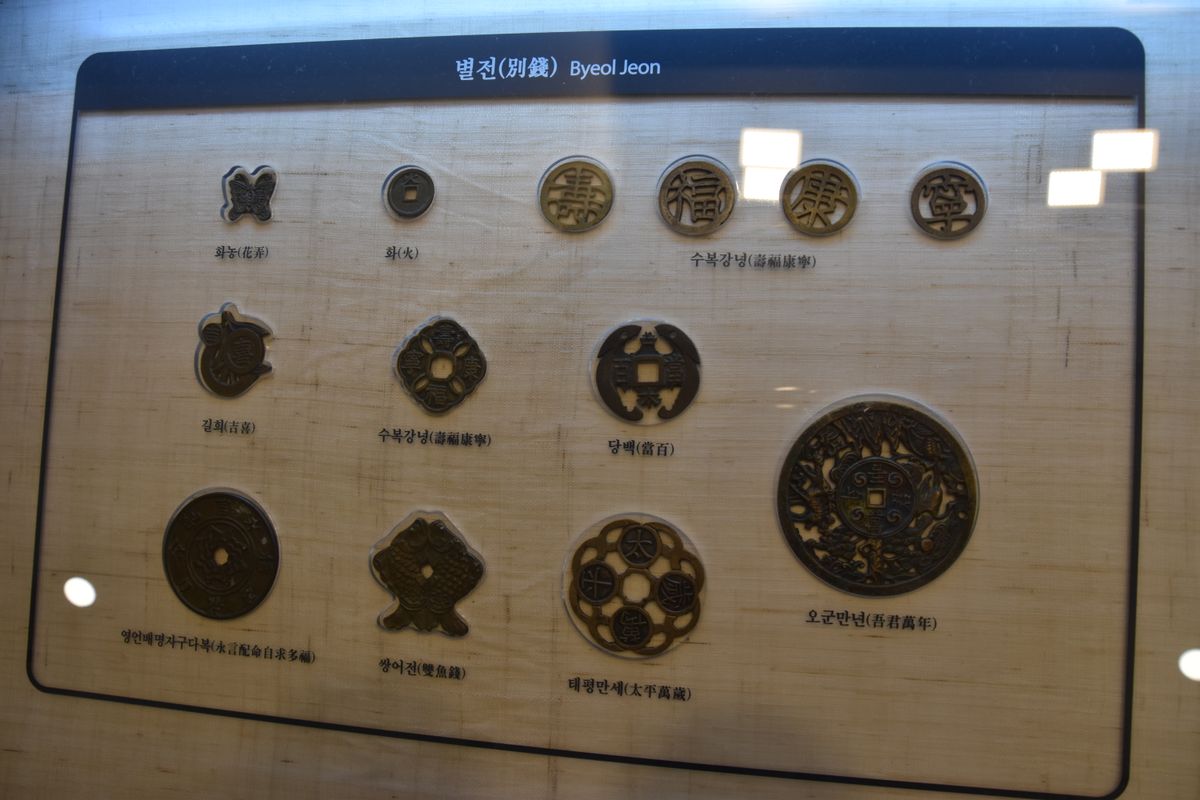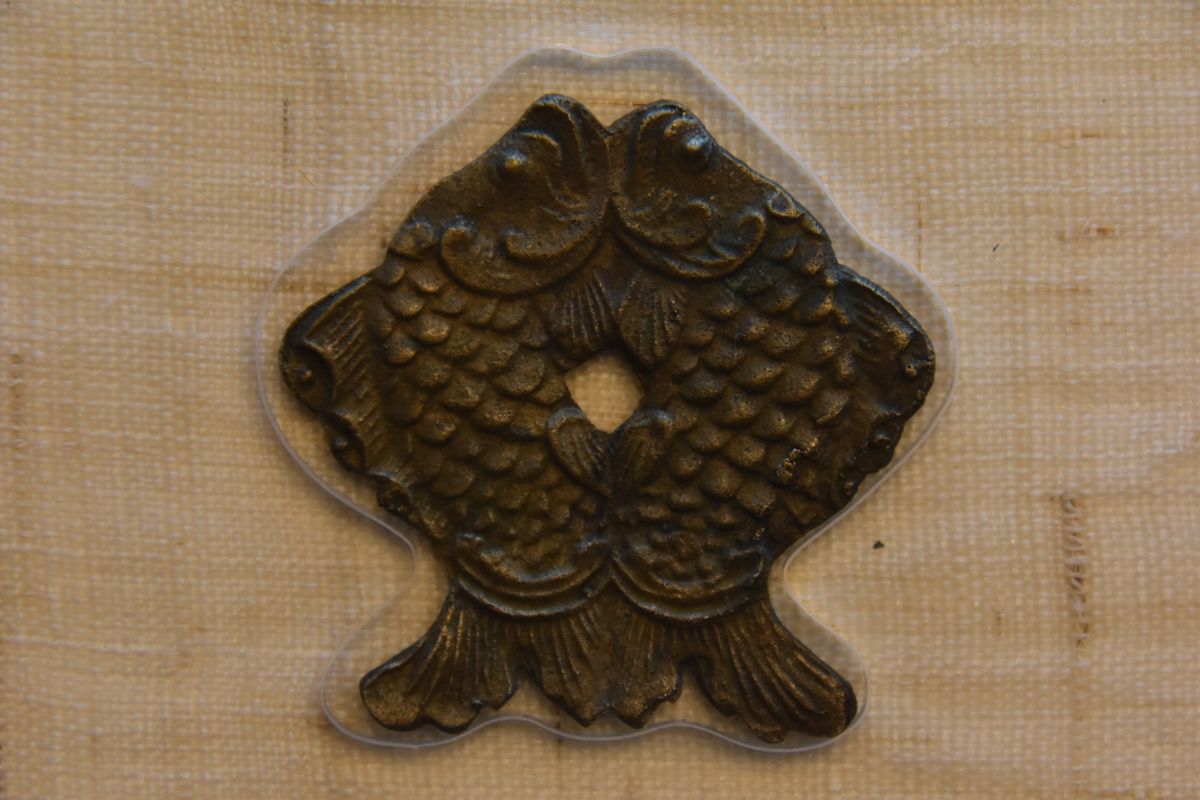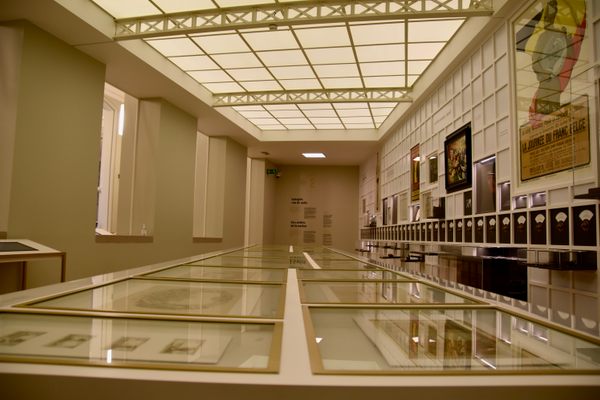About
Introduced in 1633, the Sangpyeong Tongbo coinage was first issued by a government famine relief organization called the Stabilization Office, or Sangpyeong-chong in Korean, during the reign of Emperor Injo. Variations of this coin would continue to be issued for years after this, up until 1884.
A small section in the Bank of Korea’s currency museum, dubbed the Sangpyeongtongbo Gallery, focuses on the history and many varieties of the Joseon dynasty’s most widely circulated coinage.
Reportedly, the Bank of Korea’s collection once possessed 3,137 different varieties, but it’s estimated that Sangpyeong Tongbo boasted over 5,000 varieties throughout its history, many now lost and undocumented. Originally minted at the Stabilization Office, the coins were later issued by other government offices as well, each variety bearing a different mint mark.
In the mid-18th century, other marks were also introduced, indicating the number of the furnace the coin was cast in. They were represented by a single Chinese character, such as those standing for the Chinese zodiac, the five elements, and the Thousand Character Classic.
The Bank of Korea also boasts a collection of cash-shaped amulets, including the so-called open-work charms. One is even shaped after a pair of fish (or maybe a fish cut open), a fanciful amulet you might not realize it’s even coin-shaped at first glance.
Related Tags
Know Before You Go
The Bank of Korea Museum is open every day except Mondays from 10 AM to 5 PM. Free entry.
The Sangpyeongtongbo Gallery is located in a corridor at the back, close to the staircase leading to the second-floor exhibit area. There are signs indicating its location.
Community Contributors
Added By
Published
August 29, 2023































